| It just goes to show you that anyone and everyone can suffer from muscle tightness and pain. President John F Kennedy himself suffered chronic back pain, just as many of us do. This is where Dr Janet Travell comes in. Dr Janet Travell (1901 - 1997) was Kennedy's personal physician, as well as the pioneer of techniques to treat trigger points and myofascial pain. Not only have her discoveries benefited Kennedy, but many others around the world. We have compiled a timeline of Dr Travell's professional journey. By stepping back in time, you will discover how Dr Travell has made a difference to the world we live in today. Click here to learn more about Dr Janet Travell where you will be inspired while reading about her life events. |
|
Don't forget, we enjoy reading your thoughts and comments! We welcome ideas and opinions, so please comment below.
0 Comments
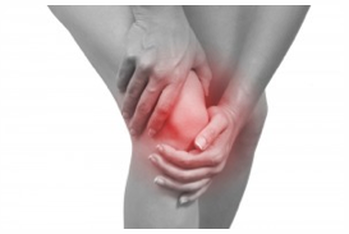 Inflammation from knee pain Inflammation from knee pain Do you suffer from knee pain? Did you know knee pain does not only affect sporting people but the aging population as well. There can be multiple causes of knee pain. Some of these include:-
Due to the shock absorbing nature of the knee, everyday wear and tear can take its toll on the joint. Not to mention the functionality of the knee makes it nearly impossible to immobilise and keep still. Your knee is designed to absorb the pressure from gravity and your body to move the leg. Under this enormous pressure, the structures of the knee can be compromised. As you would know, it does not take much to dislocate or injure a knee enough and cause copious amounts of pain. 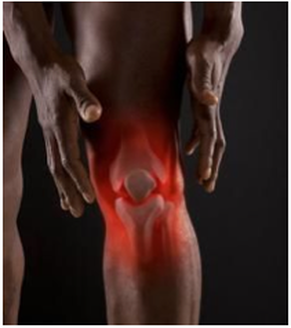 Knee pain Knee pain Some common knee pain:
If this is sounds familiar to you or you know someone that does Myotherapy may be your solution.
As our society advances, so does our understanding of health care and the human body. It is for this reason that many people have now turned to a more holistic and preventative approach to their health, such as Myotherapy. Rather than taking medication that will only help once your health is already compromised. Myotherapy can be used to prevent injuries to the body, and aid the body to recover on its own.
Myotherapy can be used to treat a wide range of disorders including:
A lot of the time, people are only aware of a problem with their body once they are already in pain. Regular myotherapy visits can help reduce the cause of muscle pain, tension and even injuries before they become problematic. By targeting trigger points in the body your myotherapist can release pain and tension. Trigger points are generalised as the irritability in muscles and their associated fascia. Trigger points are activated directly by overloading the muscle, overworking, fatigue and direct trauma. Myofascial trigger points can create different types of pain. It could be knife-like or stabbing, dull and achy, burning, numb or even tingly. Trigger point pain can include headaches that are often diagnosed as tension, sinus or migraine, neck pain that radiates into the arm and forearm and into the lower back, thigh and leg. Not only can a myotherapist treat you during a consultation, they can also teach you and show you many techniques to promote wellbeing and allow you to help yourself and strengthen your own body against illness and injury. Click here to book and see for yourself. Treatment for lower back pain is often pain medication is the first option people think about when treating back pain to get quick relief. This may be fine for short term, however until the cause is addressed and treated, the symptoms will continue to appear. There are many different options for treating back pain, and depending on the cause, a combination of different therapies may be required. Since everybody is different, what works for one person may not work for the next, so it is important to find what works for you. Trigger Points in Lower Back Myotherapy is extremely helpful in reducing pain and tension through the body, as when muscles are tight, they can affect posture, and therefore tension throughout the whole body. Tightness through the psoas, quads, rectus abdominus, gluts and diaphragm tend to be muscles that are neglected in treating lower back pain. Working through these soft tissues with your myotherapy can bring about great results, even after one session.
Risk Factors for Developing Lower Back Pain There are certain factors that can increase your risk of developing back pain, or aggravate it once you have it, including:
Self Care for Lower Back Pain If you are suffering lower back pain, these are some of the things that your myotherapist can recommend to you to help, it if you can’t see a health professional straight away.
Call Your Doctor If:
Preventing Lower Back Pain It is good to take note of what you have been doing (or not doing!) that affects your back pain. Some ways to prevent lower back pain include:
Lower back pain does not have to take over your life. In many cases, there are ways to get the help and support you need, if you choose to find it. If you are suffering from lower back pain, why not try myotherapy and see for yourself how it can help you. You can make a booking online or you can call us on 9440 9453.
If you are experiencing lower back pain, you are not alone… Did you know that 80% of people over the age of 35 experience lower back pain at some point in their lives? And 1 in 4 people will be suffering from it right now… 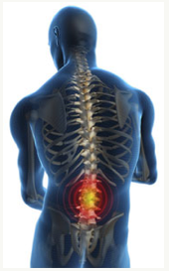 Lower Back Pain Lower Back Pain About Back Pain Back pain is one of the most prevalent health conditions affecting at least one in ten Australians at any time. According to the Medical Journal of Australia, “up to eighty per cent of Australians will experience back pain at some point in their lives and 10% will experience significant disability as a result. Lifetime prevalence of low back pain is reported to be as high as 79.2% in Australian adults and 84% in adolescents”. One in four adults with back pain are reported to have fair to poor physical health, compared with one in nine of the general population. Back pain has been reported to double or even triple feelings such as sadness, worthlessness, hopelessness, as well as feeling like everything is an effort. There is also a link between chronic pain and depression, and they commonly occur together. Depression is often associated with decreased function due to chronic pain, as people are unable to do the many things they would normally have been able to do without pain. Back pain can refer to both upper and lower back pain. Upper back pain affects the mechanics of the lower back, so sometimes they will co-exist. This blog will focus on lower back pain. What is Lower Back Pain? Acute Back Pain vs Chronic Back Pain Lower back pain can be experienced as pain or tension around the lower back area (lumbar spine) and can affect the spine, joints, ligaments and muscles as well as nerves. The causes of lower back pain are varied, from either irritation to a nerve or muscle, to tightening of the myofascia (connective tissue covering a muscle) to physical damage or dysfunction of the spine… it can be either an acute or chronic condition, with different types of pain of varied intensities. Generally acute back pain is considered pain lasting a few days up to 6 weeks, sub-acute back pain lasts 6 weeks to 3 months, and chronic back pain lasts longer than three months. Anatomy of Lower Back Lower Back Pain – Lumbar Facet Joint Your back (spine) provides you with support, mobility and protects the spinal cord. The vertebrae articulate with each other via the facet joints along the spine, and are also separated from each other by a “shock absorber” known as an intervertebral disc. The vertebrae are held together by ligaments, and create the site of attachment of the back muscles. Spinal nerves exit at the side of each vertebrae, which send messages to the muscles, organs and the brain. The lower back refers to the lumbar spine area. It is a complex structure composed of the vertebrae (the bones of the spine), muscles, nerves, ligaments, and other soft tissues. Lower back pain can result from either injury and damage to any of these structures, or can also be caused by the spine and body being in mis-alignment due to tension in some muscles as well as the connective tissue (myofascial tissue / fascia). Sometimes, it is actually not just muscular tightness, but fascial tightness that is the problem. Fascia is a web of connective tissue throughout our body that literally connects everything. It covers muscles, creates tendons and ligaments, covers organs and connects muscle to bone. It is a highly adaptable tissue, with elastic properties. Deep fascia can contract and is affected by the stress response. Fascia tightens, which creates tension. After the period of stress has passed, the fascia and muscles may remain in a state of tension, which can lead to damage, trigger points, adhesions and even create scar tissue over time. Commonly, the muscles that are responsible for creating pain in the lower back area, include:
Thoracolumbar Fascia Can Contribute To Lower Back Pain 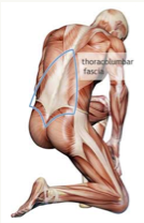 Thoracolumbar Fascia Thoracolumbar Fascia Fascia connects via Myofascial Lines or “Fascial Trains”, whereby muscle fibres that run the same direction connect via the fascia. Looking at the picture of the Superficial Back Line (one of 12 different Myofascial Lines”), you can see that fascia connects your head to your toes – literally! Fascial line tightness can contract not only the fascia covering the muscle, but can contract a whole line of fascia, creating overall tightness throughout the body, which creates musculoskeletal imbalances. The thoracolumbar fascia is a diamond shape of connective tissue that is located directly over the lumbar spine area. It forms the attachment of the Latissimus Dorsi Gluteal muscles, and the Transverse abdominus muscle (core). This area can also become tight and contract, creating postural imbalances. Causes It’s sometimes hard to know exactly what causes back pain. It’s usually thought to be related to a muscle strain or mechanical dysfunction in one of the structures in your back, rather than just a nerve problem. For many people with back pain, there isn’t any one specific underlying problem or condition that can be identified as the cause of the pain. Lower back pain can have many causes including:
Symptoms of Lower Back Pain Symptoms of lower back pain can depend on the cause. Some common symptoms include:
If you are experiencing these symptoms, book online now to see our Myotherapist today who can start treating you for your lower back pain. In “Part 2″ our next blog will cover treatment options, self care and prevention of lower back pain, so stay tuned! Headaches are not just a pain in the neck for many of us, but they are an increasingly common health problem in Australia. Even 18 years ago in 1995, having a headache was the illness or condition most commonly reported by individuals according to the Australian Bureau of Statistics survey. Almost 15% of the Australian population reported taking medication to treat their headaches and the age group that was most likely to report having a headache was between 25-44 years. Headaches are described in a variety of ways and occur for a variety of reasons. The most commonly described headaches are tension headaches, migraines, cluster headaches and sinus headaches. Tension Headaches are frequently caused by muscle contractions or spasms over the neck and head, and can be precipitated by emotional or physical stress, by worries or anxiety such as pressure at work or a family argument. People describe tension headaches as a tight band of pressure around their head as a weigh on top of their head or shoulders. The pain tends to worsen during the late afternoon and evening. Migraines are a severe, throbbing headache which often affects only one side. Migraines can be triggered by certain foods, sounds or emotions. People who suffer from migraines often experience nausea, vomiting, and sensitivity to light and noise at the same time. One of the distinguishing features of a migraine is that the person experiences a warning sign known as an “aura” sometimes up to an hour before the onset of the headache itself. The aura manifests as flashing lights or tingling and/or numbness down one side of the body. Cluster headaches are not the same as migraines. They occur in bouts or clusters lasting for 10 minutes up to 3 hours and can occur again several times within a 24 hour period. A cluster headache can cause severe pain behind one eye or one half of the head, with accompanying redness and watering of the eye and sometimes blockage of the nostril on that side. Sinus headaches are caused by an increased production of mucus within the sinuses or in more serious cases, the increase in mucus causes blockage of the drainage system of the sinuses. The sinus headache produces a severe feeling of pressure building up over the face and eye. Ear aches sometimes go hand in hand with sinus headaches. Common Causes of Headaches There are many possible causes of headaches. As pain receptors are located in the head or neck, when something stimulates these receptors headaches can occur. Possible triggers of the pain receptors can include:
Treatment of Headaches Your Myotherapist may use a variety of options to treat your headaches depending on the cause and type. Some of the treatment options include:
If you are experiencing headaches or any of the symptoms described here, we can help you, so please contact us to make a booking for your initial myotherapy session. A Melbourne Myotherapist explains...
An explanation of myotherapy by Inner Outer Health, in Bellfield, Melbourne-based myotherapist, providing treatments for neck and lower back pain, tennis elbow, muscle tightness, sport injuries and restricted movement. Myotherapy Do you suffer from any aches, pain, muscle spasm or injuries? Are you looking for myotherapist, sports massage, remedial massage, deep tissue massage, pregnancy massage, dry needling or trigger point therapy in Melbourne? Myotherapy can help to reduce: • Lower back pain • Neck pain • Headaches, migraine • Tennis elbow • Muscle spasm • Muscle tightness and fatigue • Sports injuries • Restricted movement • Incorrect posture |
BLOG AuthorLena Yammine is the author of the Inner Outer Health Blog. Myotherapy Previous Posts
June 2024
Myotherapy Categories
All
|

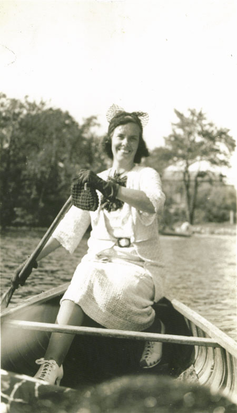
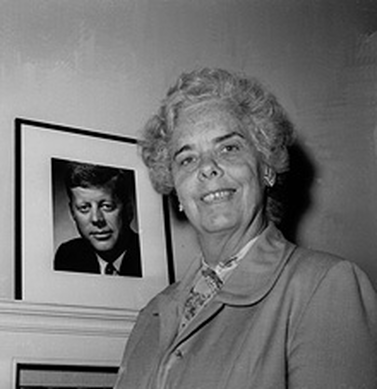
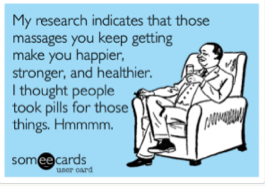
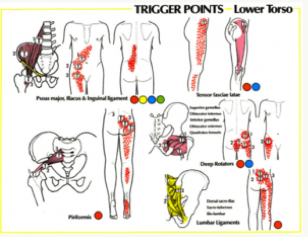
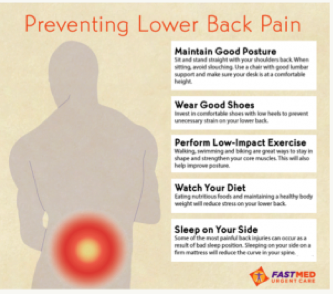
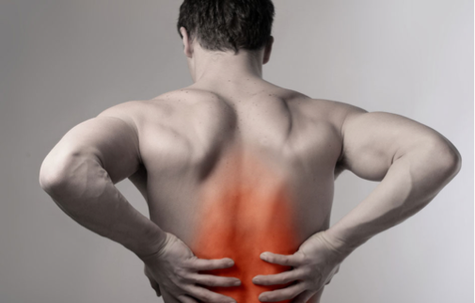
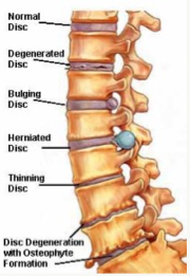
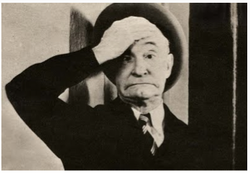
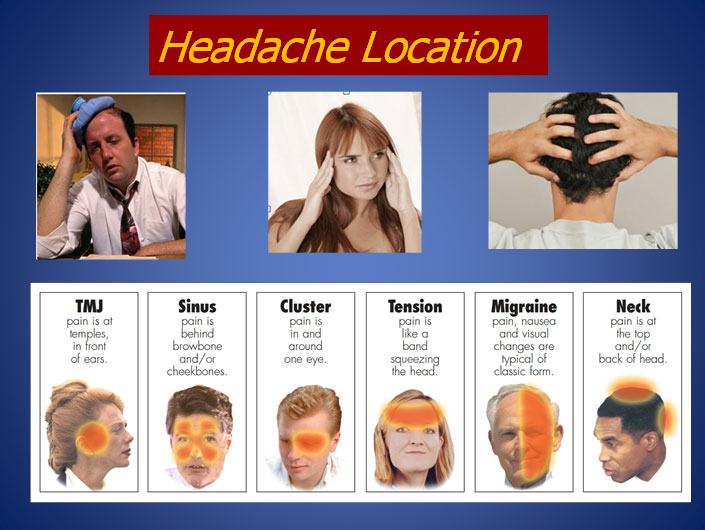
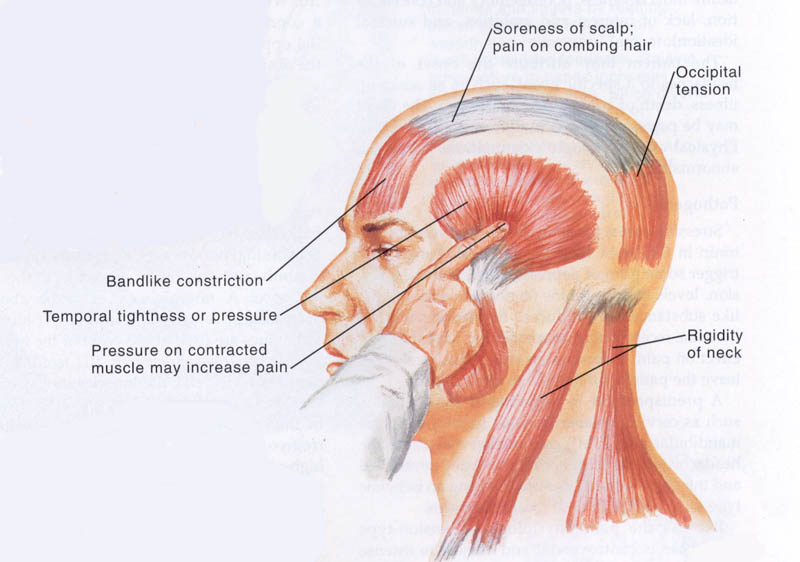
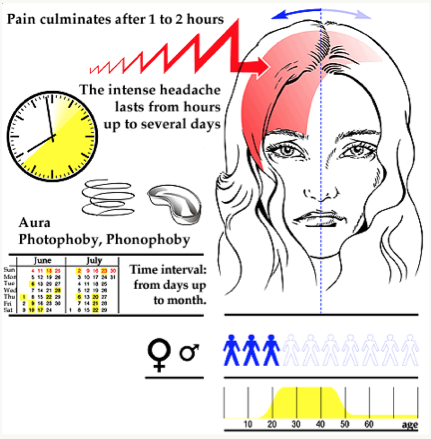
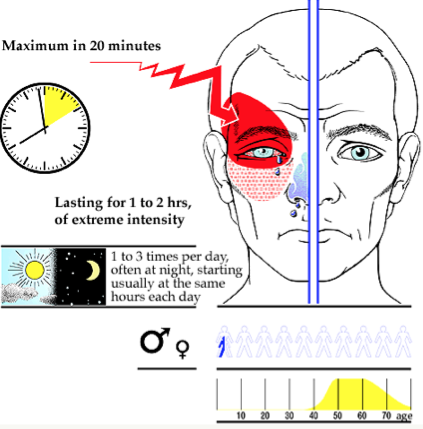
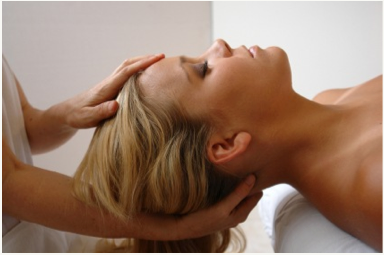
 RSS Feed
RSS Feed

















